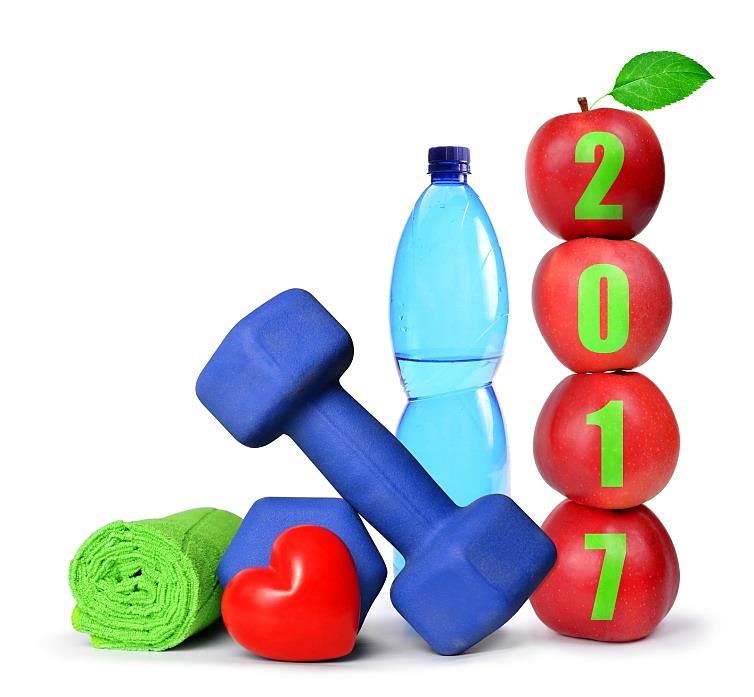
AquAid’s Best Practise Guide for encouraging fluid intake during the Work Day
Step One
- Educate: Having everybody in the work space on board is the most crucial component in an hydration plan. Educate yourself about the negative effects and downsides resulting from drinking too many fizzy drinks and caffeinated drinks instead of water. Use visual reminders – e.g. put up a poster illustrating good hydration techniques; these are a great way to continually reinforce to you the importance of drinking water. The benefits of drinking sufficient water are manifold.
Step Two
- Assessment: The best way to assess your hydration status given the variables of body mass, work routines and other personal and physical aspects is to monitor urine colour. When you are drinking enough water your body is in balance and your urine will be a pale straw yellow colour (Hydrated). When you haven’t drank enough water your kidneys try to save as much water as they can and cause you urine to be darker in colour (Dehydrated). Speak to your local AquAid branch about our dehydration charts, which clearly illustrate the difference between being hydrated to mildly and severely hydrated.
Step Three
- Implementation: – The most critical part of the best practise guide is to ensure that drinking water is very readily accessible and is appealing to drink. Keep a bottle of water on your desk to encourage continuous sipping during the day. If you’re in a smaller work space, perhaps you and your colleagues can ask that the water cooler be placed in an area that you can either see from your desk or that you are walking past on more than one occasion during the day.
Conclusion: Encouraging hydration during the work day can have a significant impact on your own overall performance and well-being. This requires a commitment from you, so keep up to date on the positive effects of staying hydrated.
Contact us at AquAid today – we’d be delighted to assist you with which water cooler dispenser is best suited for you based on your requirements.

